Arm Anatomy Worksheets
Are you teaching anatomy to your students and need engaging resources to reinforce their understanding of the arm? Look no further! Our arm anatomy worksheets are designed to help your students grasp the complex structure and functions of this important part of the body. With clear diagrams and informative exercises, these worksheets provide a comprehensive learning experience for students of all levels.
Table of Images 👆
More Other Worksheets
Kindergarten Worksheet My RoomSpanish Verb Worksheets
Cooking Vocabulary Worksheet
My Shadow Worksheet
Large Printable Blank Pyramid Worksheet
Relationship Circles Worksheet
DNA Code Worksheet
Meiosis Worksheet Answer Key
Art Handouts and Worksheets
7 Elements of Art Worksheets
What are the main bones in the arm?
The main bones in the arm are the humerus in the upper arm, and the radius and ulna in the lower arm. The humerus runs from the shoulder to the elbow, while the radius and ulna are located in the forearm and connect the elbow to the wrist.
Where is the humerus bone located?
The humerus bone is located in the upper arm, between the shoulder and the elbow joints. It is the longest bone in the upper body and plays a crucial role in arm movement and articulation.
What is the function of the ulna bone?
The ulna bone is one of the two long bones in the forearm, located on the inner side of the arm. Its primary functions are to provide stability to the forearm and support the muscles responsible for wrist and forearm movements. Additionally, the ulna bone plays a role in forming the elbow joint, along with the humerus and radius bones, allowing for the bending and straightening of the arm.
What is the role of the radius bone?
The radius bone is one of the two long bones in the forearm that runs from the elbow to the thumb side of the wrist. Its main role is to provide support and stability to the forearm and to allow for movement of the elbow and wrist joints. The radius bone also plays a significant role in the rotation of the forearm, allowing the palm to face up or down.
What are the major muscles in the upper arm?
The major muscles in the upper arm are the biceps brachii, triceps brachii, and brachialis. The biceps brachii is located on the front of the upper arm and is responsible for flexing the elbow and rotating the forearm. The triceps brachii is located on the back of the upper arm and is responsible for extending the elbow. The brachialis is located deep beneath the biceps and assists in elbow flexion. These muscles play important roles in various arm movements and are key for strength and stability in the upper arm.
Describe the structure and function of the bicep muscle.
The bicep muscle is a two-headed muscle located in the upper arm that is responsible for flexing the elbow and rotating the forearm. Its structure consists of a long head and a short head that originate from the scapula and merge into a single tendon that attaches to the radius bone in the forearm. When the bicep contracts, it pulls on the radius, causing the forearm to move upward towards the shoulder. Additionally, the bicep is also involved in stabilizing the shoulder joint during various arm movements.
What is the purpose of the tricep muscle?
The tricep muscle's primary purpose is to extend the elbow joint, straightening the arm and allowing for movements such as pushing, pressing, and lifting objects. It also assists in stabilizing the shoulder joint during various upper body movements. Additionally, strong tricep muscles contribute to overall arm strength and definition.
Explain the role of the brachialis muscle.
The brachialis muscle is responsible for flexing the elbow joint, primarily when the forearm is in a neutral position. It lies underneath the biceps brachii muscle and plays a crucial role in elbow flexion, assisting in activities like lifting an object or bending the arm. The brachialis muscle is important for overall upper arm strength and plays a significant role in daily activities that involve bending the elbow.
What is the importance of the brachioradialis muscle?
The brachioradialis muscle is important for forearm flexion and assists in various movements of the elbow and wrist. It helps in stabilizing the elbow during activities such as lifting and pulling. Additionally, the brachioradialis muscle plays a crucial role in grip strength and wrist extension, making it essential for everyday activities that involve the use of the arms and hands. Strength and coordination of the brachioradialis muscle are vital for overall upper extremity function and performance.
What are the main nerves in the arm and what functions do they serve?
The main nerves in the arm are the ulnar nerve, median nerve, and radial nerve. The ulnar nerve provides sensation to the little finger and part of the ring finger, as well as controlling some muscles in the hand. The median nerve controls sensation in the thumb, index finger, middle finger, and part of the ring finger, as well as controlling some muscles in the forearm and hand. The radial nerve controls sensation in the back of the hand and thumb, as well as controlling muscles that straighten the elbow, wrist, and fingers. These nerves play a crucial role in motor function and sensory perception in the arm and hand.
Have something to share?
Who is Worksheeto?
At Worksheeto, we are committed to delivering an extensive and varied portfolio of superior quality worksheets, designed to address the educational demands of students, educators, and parents.

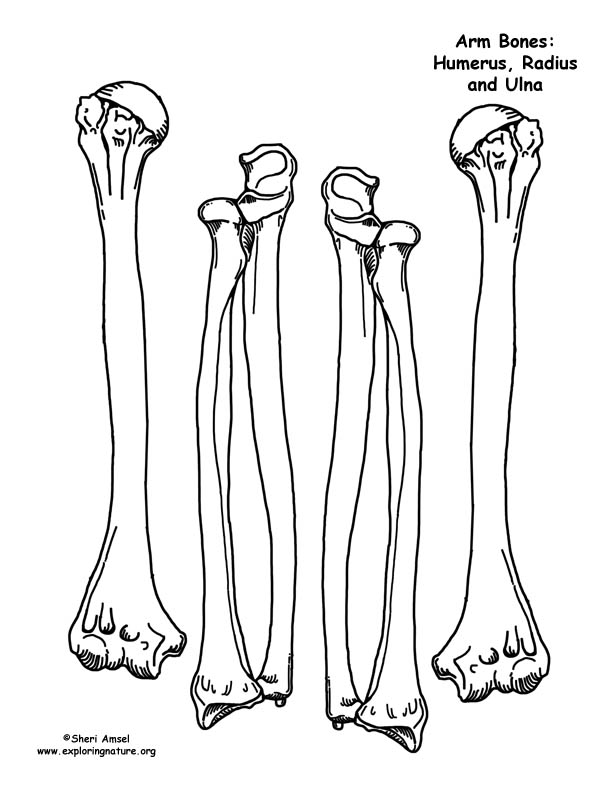



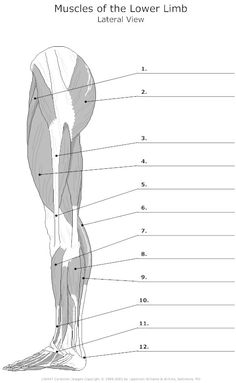

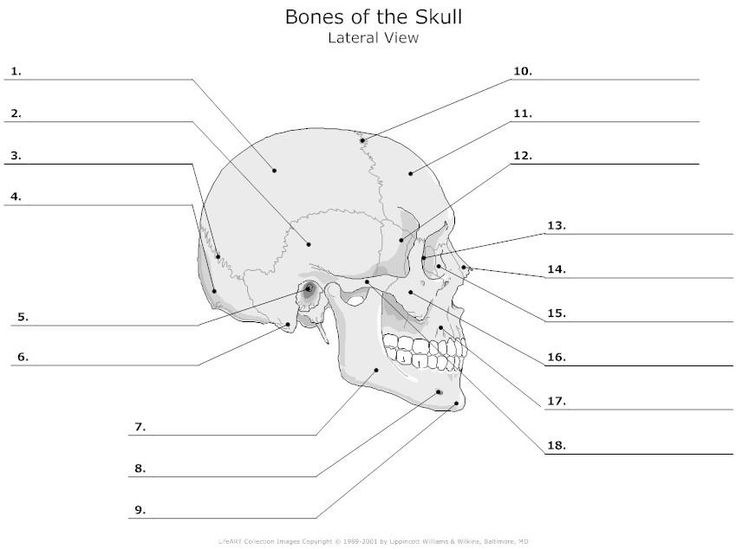
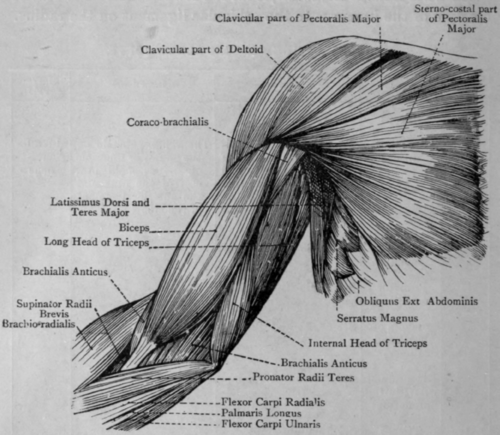
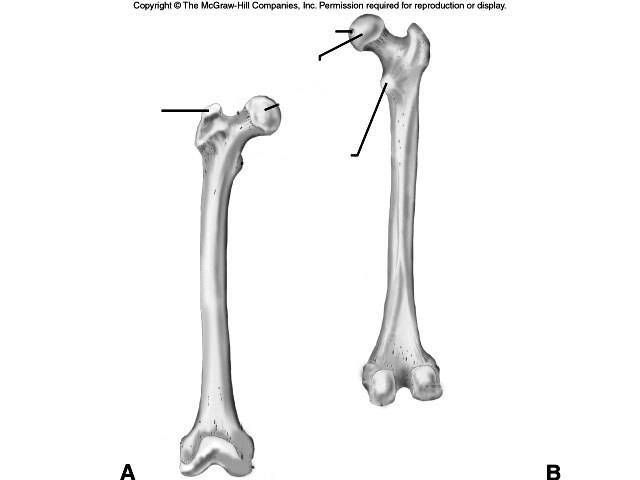
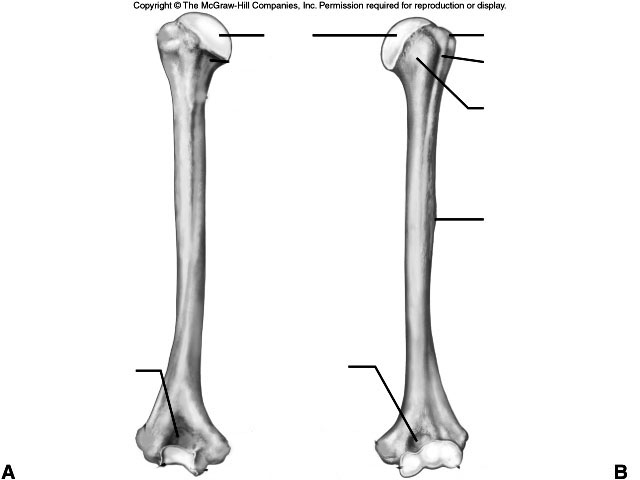
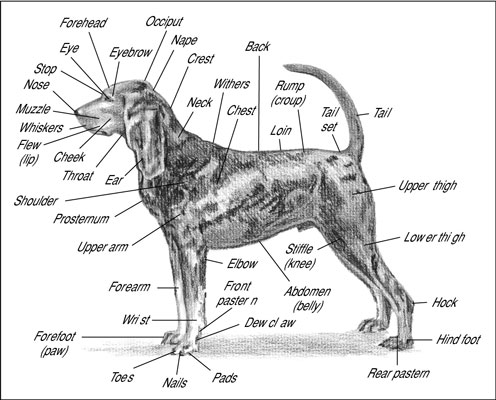














Comments